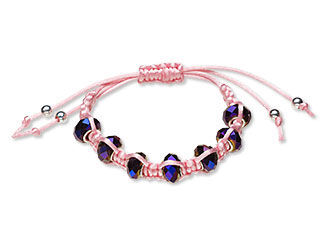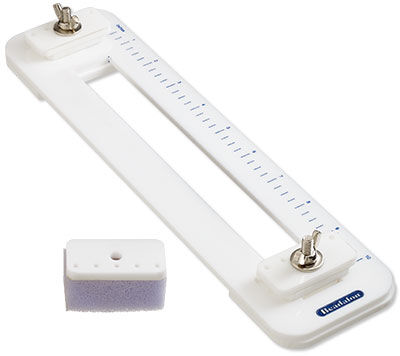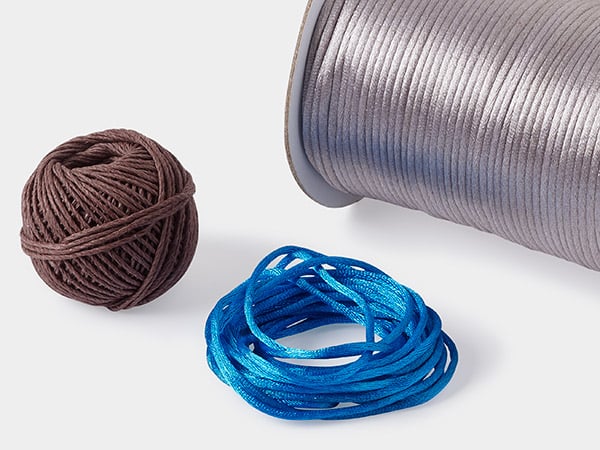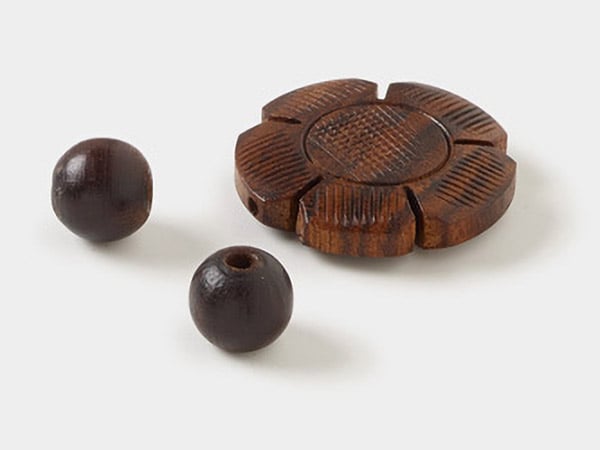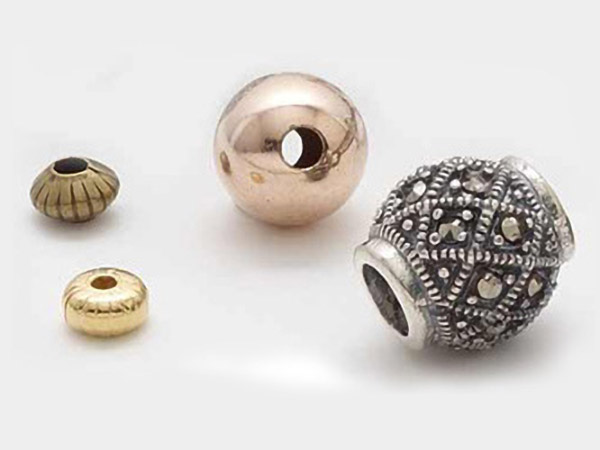Shamballa Bracelets
Shamballa bracelets have been around for centuries and became popular in the United States during the spiritual awakening of the 1960s. These unisex accessories can be worn as a reminder of a spiritual path, as an homage to the Tibetan culture or as a fashion accessory.
Modern Shamballa bracelets are based on traditional Buddhist prayer beads used for meditation. The word "Shamballa" represents the mythical kingdom that Tibetan Buddhists believe symbolizes enlightenment, peace and perfection. The continuous circle represents the eternal energy flow of the universe, and the type and color of beads can also hold special meaning.
Shamballa bracelets are created by adding beads between square knots on a macramé bracelet and finishing with an adjustable knot closure. Once you learn the simple knotting technique, the process can be meditative in its simplicity.

Jewelry designer Jude Wroblewski explains the steps and jewelry-making techniques needed to learn how to make a knotted Shamballa bracelet using cotton cord and your choice of beads.
Even though only two materials are needed—beads and cord—the style possibilities are endless. Use hemp or waxed cotton cord with wood beads for a natural look. Consider Satinique™ cord and pavé or stardust beads for more eye-catching bling. And gemstones with imitation silk cord are perfect for creating a classic and elegant piece.
The colors of Shamballa bracelets are often associated with the chakras, and worn for the believed metaphysical benefits. Create bracelets to connect with each chakra and you'll easily have an entire line of energy-balancing jewelry. You can offer personalized bracelets by letting customers pick birthstones, favorite colors or a charm.
Tying the Knots | How to Use the Beadalon® Tying Station
When making Shamballa bracelets (or doing any kind of macramé or knotwork), it's important to keep your cords taut and secure while working. Methods range from upholstery pins and cardboard to clipboards to professional tools. The Beadalon Tying Station is one such tool that can save you from struggling with your cords and keep you in the Zen state of creativity.

Courtesy of Beadalon®
- Holds your design in place for two-handed tying and beadwork
- Extend your design using the foam pad plate included
- Ruler guide for sizing your design and for laying out patterns
Instructions
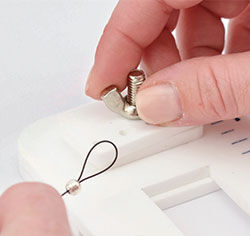
Unscrew the wing nut at the upper part of the tying station. Make a loop with your wire/cord and tie or crimp it.
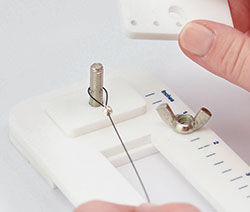
Remove the plate and place the looped wire/cord around the post. Replace the plate.
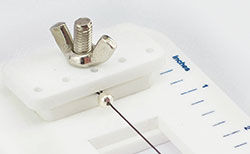
Tighten the wing nut.
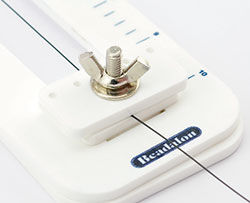
Loosen wing nut at the base of the Tying Station. Slide cord between acrylic plates. Tighten as needed to keep cord secure.
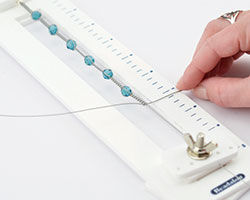
Enjoy the convenience of having both hands available to design intricate jewelry, such as Shamballa-style and wrap bracelets.


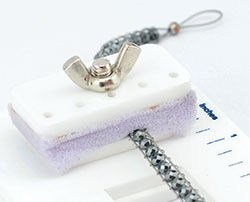
Tip: If your design is longer than the tying station, simply remove the upper plate and add the foam pad. Pull your design through and gently tighten the wing nut to continue working on your jewelry piece.

With so many creative combinations, so few materials needed and an easy, rhythmic construction, Shamballa bracelets are a perfectly balanced jewelry project, and a fun and easy way to get creative. Once you learn the technique, you'll be making an armful of beautiful, meaningful bracelets in no time.
Shop for Your Materials Here:
Have a question regarding this project? Email Customer Service.
Copyright Permissions
All works of authorship (articles, videos, tutorials and other creative works) are from the Fire Mountain Gems and Beads® Collection, and permission to copy is granted for non-commercial educational purposes only. All other reproduction requires written permission. For more information, please email copyrightpermission@firemtn.com.
**Please note that all metaphysical or healing properties listed are collected from various sources. This information is offered as a service and not meant to treat medical conditions. Fire Mountain Gems and Beads® does not guarantee the validity of any of these statements.

